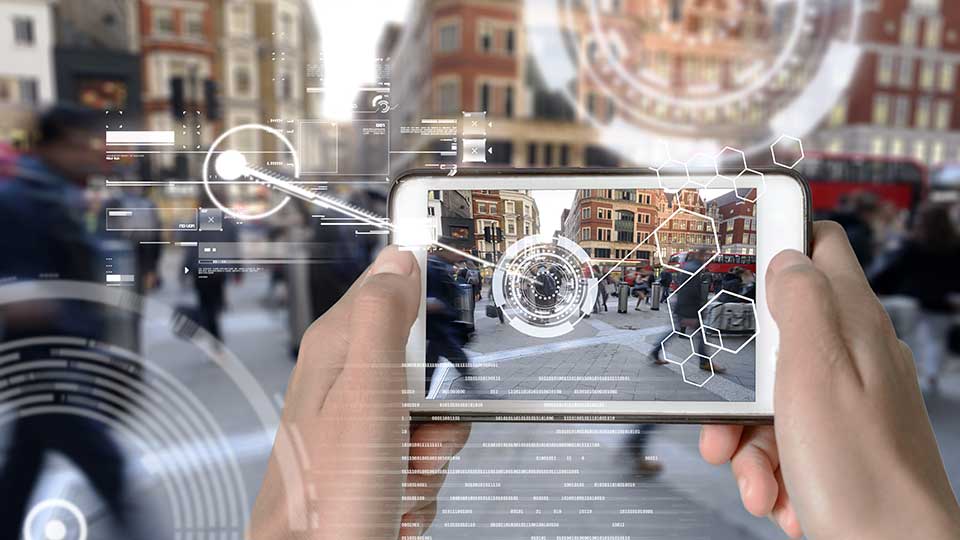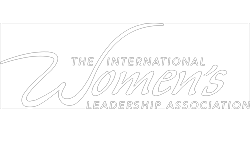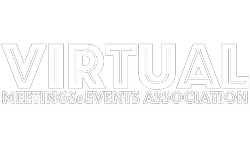Public speaking is intimidating for almost everyone. Even experienced speakers will confess they sometimes get “butterflies” before addressing a large crowd or when making a crucial presentation to a small group of impressive experts. What successful public speakers know – and are able to harness regularly – is that practice really does make perfect. But how do you really practice for a digital speaking presentation, as is so often the norm these days? Practice is still the best policy… you just need to approach it slightly differently than you would a face-to-face meeting.

Start by getting to know your technology.
If it’s your personal laptop, spend some time conducting a short zoom just for yourself. Use your laptop for your primary camera, and then also log into the zoom from your phone or other device to get a secondary view. You might find that the position of your laptop camera isn’t ideal – some are placed low to the keyboard and make it difficult to capture “eye contact.” You may also find that your webcam resolution is fuzzy or weak. If this is the case, invest in a small portable camera you can attach or set-up at eye-level for your presentations.
After the video component is squared away, make sure you manage other tech “issues” by turning off notification sounds on your computer, disabling or muting instant message applications, and closing out of all documents not relevant to your presentation. Make sure you know how to advance through any screen-sharing items you may be viewing, whether that be with a keyboard, mouse, remote, or touch screen. You might even see if one method works better for you than another.
Next, manage your surroundings.
In a perfect world, we’d all have an at-home production studio ready to make us look like a super-star for virtual speaking engagements. Unfortunately, that simply isn’t the reality for most of us. So, look for a quiet room where you can avoid interruptions/passersby. Everyone tends to look best in natural light, so if you can position yourself facing a window, give it a try. What you’ll want to avoid is too much light behind you or off to the side which can cast shadows on your face while speaking. Also take a moment to observe your surroundings. Yes, everyone knows you can customize your backdrop digitally if need be, but a simple “real” environment will make you feel more comfortable and will seem more authentic to your audience. With that in mind, is it obvious you’re sitting on top of the bed? Do you have a pile of laundry within view of the camera? Is there something else “in screen” that may cause people to be distracted or take you less seriously? You might have to experiment with a few different locations before you find the right one.

Ready to speak like a pro?
Then plan your content accordingly. If you’ve asked for a 30-minute window, practice your presentation to make sure it truly takes only 25 minutes at most. Expect some delays getting started while people are connecting that may eat into your time. Allow even more time if you anticipate questions and answers. If you’re going to be using visual aids or content slides, make sure they are succinct and easy to read/understand. There is no need to have every word available visually, and if there is, it can most likely be better handled with a follow-up document everyone can peruse before or after the meeting. Your purpose should be to excite, inform, clarify, and engage.
Beyond that, speak slowly and clearly. You can test this by recording yourself and then watching your playback. Do you tend to say “um” or “you know” a lot? Try taking a deep break or pause when the urge to do so comes along. Are you using terms you know your audience should understand? If not, consider adding definitions within your presentation, or find a similar word that more people are familiar with.
By going through all these motions a few times before going “live” – you’ll feel confident that you can manage anything that might happen during your speech. It’s confidence that separates “good” public speakers from weaker ones.
About the VIBE Agency: The VIBE Agency is a Miami-based award-winning full-service production agency that specializes in the creation and orchestration of live and virtual experiences for the corporate industry. The agency is forward-thinking and was recognized as one of the 50 top event companies by Special Events magazine in 2019.









